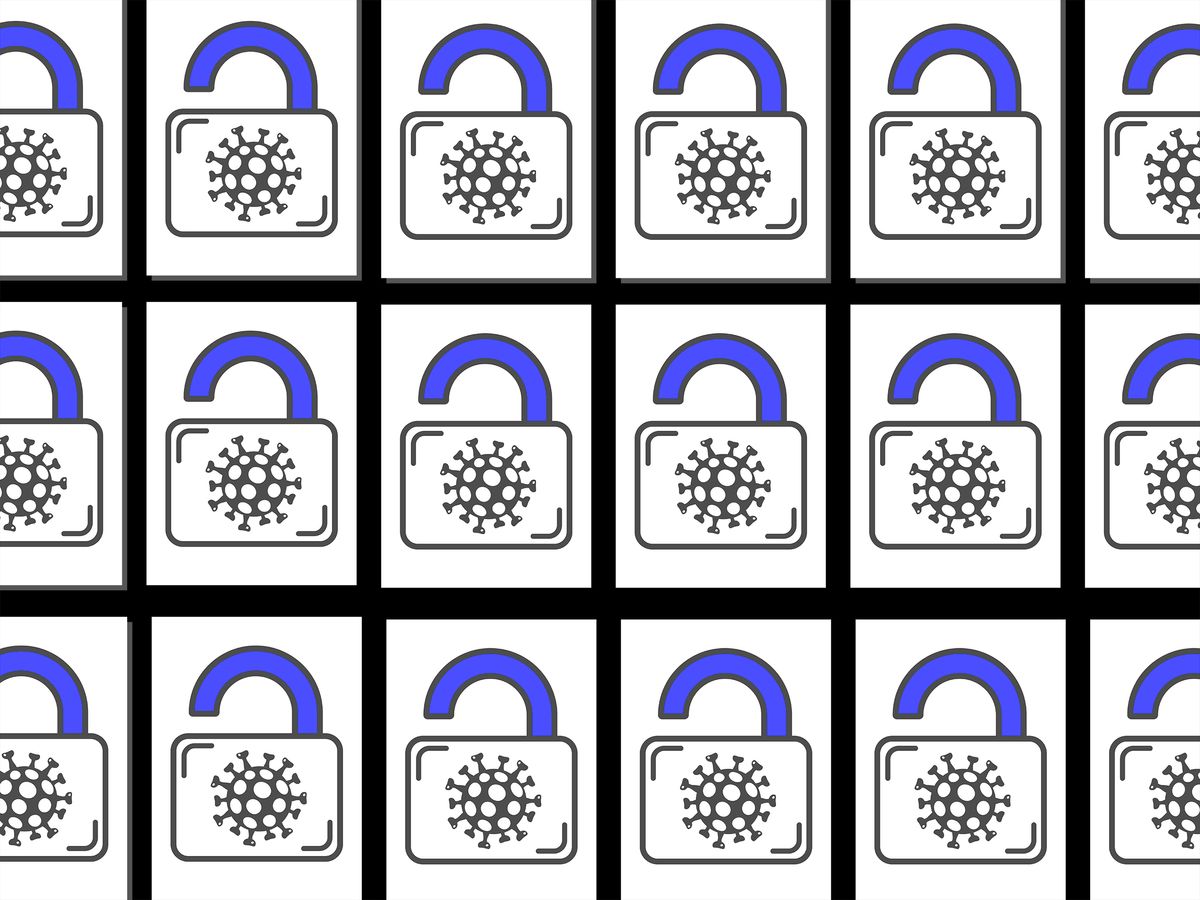THE INSTITUTE Experts say the COVID-19 virus is likely to be around for some time, even with vaccines, as it continues to spread and mutate. There are still many unknowns, so it's important to keep researching the coronavirus. That's why IEEE is making thousands of COVID-related research documents that have been published in its journals available for free.
The open-access documents can be found in the IEEE Xplore Digital Library. There are nearly 2,400 of them, including articles, conference proceedings, and technical standards.
“Some of the content predates COVID but was chosen for its connection to past coronaviruses or other respiratory diseases," Bill Trippe says. He's the senior product manager for IEEE Academic Markets and is helping to curate the documents. “IEEE has this unique portfolio, and there's no other publisher producing this kind of material."
Here are the five most downloaded articles as of press time.
In this March 2020 study published in IEEE Access, the researchers presented an early prediction model of the coronavirus based on the susceptible-infected-removed epidemic model. Focusing on the infection rate and virus removal rate, they designed several experiments to simulate the spreading of the virus under different preventative measures taken to stop the spread as well as various forms of medical care.
2. “The Impact of COVID-19 on Consumers: Preparing for Digital Sales"
Published in IEEE Engineering Management Review, this article explores how the pandemic accelerated the growth of e-commerce and whether there will be long-lasting effects on the marketplace after the crisis eases. The study looked at how companies are using technologies such as augmented reality to improve the shopping experience. The researcher also included recommendations for how specific industries, such as hotels, can improve their offerings.
During the pandemic, people have turned to social media platforms such as Weibo, China's version of Twitter, to find and share information about the virus. Such situational information is valuable to the public and government agencies in learning how to respond to the pandemic, according to the authors of this 2020 study. The researchers used natural language processing techniques to identify COVID-related information from Weibo posts and then classified the data into seven types of situational information, such as advice, donations, and emotional support. The research was published in IEEE Transactions on Computational Social Systems.
The study, published in IEEE Access, provides an overview of the pandemic as well as past ones. It also looks at the impact the virus has had on aviation, construction, telecommunications, tourism, and other industries. The researchers cover several emerging technologies that could be used to lessen the pandemic's impact, such as drones to deliver medicines and wearables for health monitoring.
5. “COVID-19 Artificial Intelligence Diagnosis Using Only Cough Recordings"
This paper, published in the IEEE Open Journal of Engineering in Medicine and Biology, was highlighted in an IEEE Spectrumarticle late last year. Researchers at the University of Oklahoma used machine learning models to accurately detect coronavirus infections from cellphone recordings of coughs. The researchers were able to diagnose COVID-19 in asymptomatic individuals 100percent of the time.
IEEE membership offers a wide range of benefits and opportunities for those who share a common interest in technology. If you are not already a member, consider joining IEEE and becoming part of a worldwide network of more than 400,000 students and professionals.
Kathy Pretz is editor in chief for The Institute, which covers all aspects of IEEE, its members, and the technology they're involved in. She has a bachelor's degree in applied communication from Rider University, in Lawrenceville, N.J., and holds a master's degree in corporate and public communication from Monmouth University, in West Long Branch, N.J.



